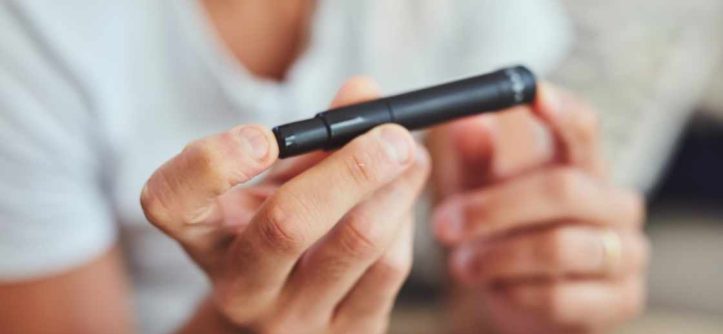Traveling with insulin that requires refrigeration requires careful planning and preparation to ensure its efficacy and safety throughout your journey. Whether you’re traveling for vacation, work, or any other reason, here’s a comprehensive guide to help you manage and transport refrigerated insulin effectively.
Consult Your Healthcare Provider
Before traveling, consult your healthcare provider or diabetes specialist:
Discuss Travel Plans: Inform them about your travel itinerary and duration to receive specific guidance on insulin storage and usage.
Prescription and Documentation: Ensure you have a written prescription for your insulin, along with a letter from your doctor outlining your medical condition and the necessity of carrying refrigerated insulin.
Choose the Right Insulin Storage Method
There are several methods to keep insulin cool during travel:
Insulated Cooler Bag: Invest in an insulated cooler bag or travel case specifically designed for storing medications and insulin.
Gel Packs or Ice Packs: Use gel packs or ice packs to maintain a consistent temperature inside the cooler. Ensure they are frozen solid before placing them with your insulin.
Thermos or Vacuum Flask: For shorter trips, consider using a thermos or vacuum flask to keep insulin cool. Pre-cool the thermos or flask before placing insulin inside.
Pack Insulin Properly
Pack your insulin and supplies with care:
Temperature Monitoring: Use a thermometer to monitor the temperature inside the cooler. Aim to keep insulin between 36°F to 46°F (2°C to 8°C) to maintain its effectiveness.
Separate Storage: Keep insulin away from direct contact with ice packs or gel packs to avoid freezing, which can degrade its potency.
Carry Extra Supplies: Pack more insulin than you expect to use, along with extra syringes, needles, and testing supplies, in case of unexpected delays or emergencies.
Airport and Security Guidelines
Navigating airport security with insulin:
Declare Medications: Inform security officers that you are carrying medically necessary insulin and supplies.
Screening Process: Insulin and diabetic supplies are typically allowed through security checkpoints. Be prepared for additional screening and allow extra time during security checks.
Travel Documentation: Have your prescription and doctor’s letter readily available if requested by security personnel or customs officials.
During Your Journey
Maintain proper insulin storage and usage:
Avoid Extreme Temperatures: Keep insulin away from direct sunlight, heat sources, and extreme cold.
Check Insulin Vials: Inspect insulin vials for changes in appearance or clarity before each use. If insulin appears cloudy or discolored, do not use it and replace with a new vial.
Follow Dosage Schedule: Stick to your regular insulin dosage schedule and monitor blood glucose levels as advised by your healthcare provider.
Destination Preparation
Upon arrival, ensure insulin storage:
Refrigeration Options: Arrange for access to refrigeration at your destination, such as in your accommodation or with medical facilities if necessary.
Local Pharmacy Information: Research nearby pharmacies or medical centers in case you need to replenish supplies or seek medical assistance.
FAQs
Can insulin be stored in a regular cooler for travel?
Yes, insulin can be stored in a cooler bag or insulated travel case with ice packs or gel packs to maintain a cool temperature. Avoid direct contact with ice packs to prevent freezing, which can affect insulin potency.
What should I do if my insulin gets too warm during travel?
If insulin becomes too warm:
Check Temperature: Use a thermometer to assess the temperature inside the cooler.
Cool Down: Move to a cooler environment and ensure proper refrigeration as soon as possible.
Monitor Insulin: Inspect insulin for any changes in appearance or clarity before use.
Do I need a doctor’s note to travel with insulin?
It’s advisable to carry a doctor’s prescription and a letter stating your medical condition and the necessity of carrying refrigerated insulin. This documentation can help clarify your needs to airport security and customs officials if required.
Final Thought
Traveling with insulin that requires refrigeration demands careful planning and adherence to proper storage guidelines to maintain its effectiveness and safety. By following these tips and guidelines, you can confidently manage your insulin during travel, ensuring uninterrupted diabetes management and peace of mind throughout your journey.
Always prioritize communication with healthcare providers, pack supplies thoughtfully, and be aware of travel regulations to navigate airports and security checkpoints smoothly. With proactive preparation, you can enjoy your travels while effectively managing your health needs.
Tags: travel with insulin





Leave a Reply